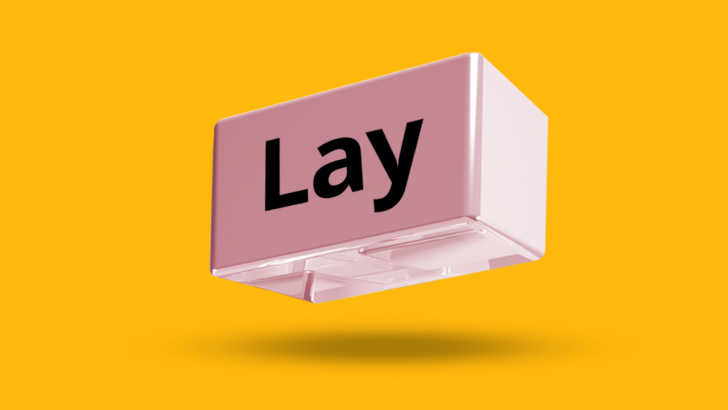Placing a Lay Bet

In a nutshell
There are two sides to every bet; someone betting on an outcome to happen (a back bet), and someone on the other side betting for an outcome not to happen (a lay bet). Typically, bookmakers represent the lay side, so they offer customers odds that they are willing to lay. But on the Exchange, customers can both back and lay themselves, and 'matching' bets with fellow bettors, not the bookmaker. Our lay bet calculator (end of article) shows you how the liability/profit works on lay bets.
How does it work?
Back betting means putting your money on something to happen - a horse or a team or a player to win, for instance. Lay betting means betting on something not to happen. For example, if you lay a football team to win your bet will be settled as a winner if the team loses or if the game ends in a draw - so two outcomes are playing in your favour.
In horse racing, when you lay a horse, you win if any other horse in the race comes first. If the horse you bet against wins then you lose and have to pay the backer his winnings, which could be a lot more than the stake. So be careful about how much you decide to lay.
Liability explained
Your 'liability' is the amount you could lose in your worst-case scenario. Your return for a win is effectively your stake (minus commission).
A lot of people prefer to lay at odds-on as liability is reduced. For example, if you lay a bet at 1.51/2 for £10 you are liable for £5 and will win £10 if the bet lands.
But if you lay a bet a 3.55/2 for £10, you are risking £25 for the chance to win £10.
Ensure you monitor how much you are liable for and be very watchful of where you put the decimal point. If you want to lay a bet at 4.216/5 make sure it is just that and not 42, otherwise it will be an expensive mistake should your selection win.
Betfair will only let you risk as much as is in your account and at the best available odds.
Use our lay bet calculator to see what your liability/potential winnings would be, simply add stake and odds...
Watch our Betfair Exchange explainer video to learn what it's all about!